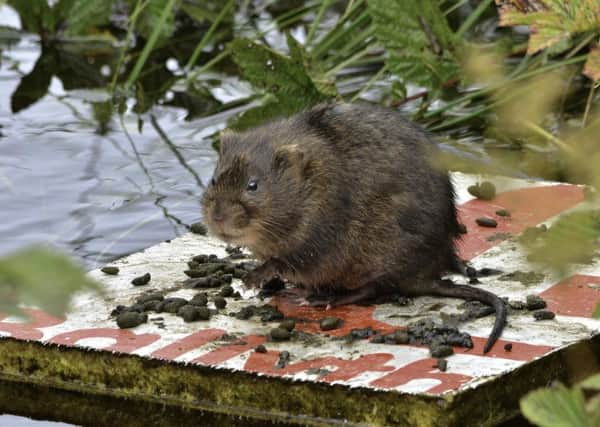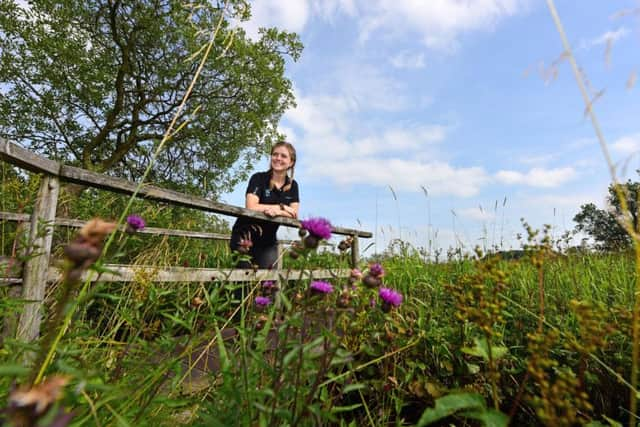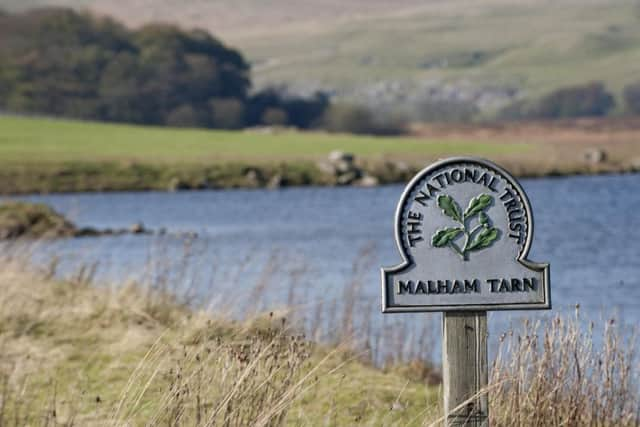Delight as rare water voles flourish at Yorkshire Dales lake despite odds


The reality for these wild creatures is somewhat different though as they struggle to survive in the face of loss of habit and newly introduced predators.
Currently the UK’s fastest declining land mammal, water voles were awarded protected status in 1981 and classified as a Priority Species in the country’s Biodiversity Action Plan.
Advertisement
Hide AdAdvertisement
Hide AdWhile their prospects may seem bleak, a National Trust programme in the Yorkshire Dales has seen the rare animals flourishing against the odds.


More than a hundred were released onto streams around Malham Tarn – England’s highest freshwater lake – last August.
The trust said it was the first time that water voles had been seen there in 50 years.
And, in an adventure worthy of Ratty, Mole and Toad from the Kenneth Grahame classic, they are spreading across the lake in ways that trust rangers could never have dreamed.
Advertisement
Hide AdAdvertisement
Hide AdSurvey work has shown that the water voles have spread up to a kilometre from the original release site.


Almost a year on from the original release, rangers will be reintroducing 100 more water voles to the lake.
Roisin Black, National Trust ranger at Malham Tarn, said: “With a mild, wet winter, we were worried that the water levels around the tarn may rise too high and flood the burrows. But it turns out that the voles have spread out across one side of the tarn.”
One vole has even been caught on camera in a favourite haunt for one of the tarn’s otters – one of the predators that will occasionally target water voles.
Advertisement
Hide AdAdvertisement
Hide Ad“An opportunistic otter might go for a water vole, but generally the can live very happily side by side,” Ms Black said. “The presence of the otter helps deter the mink – which are behind water voles’ shocking declines.”


The new water voles will be released onto the fenland surrounding Malham Tarn over the course of this week, starting from today.
Specially bred by expert ecologists at Derek Gow Consultancy, they will be released in sibling groups and breeding pairs.
The animals will spend three or four days in large cages, placed on the fringe of the tarn, before the doors are opened on the fourth and fifth days.
Advertisement
Hide AdAdvertisement
Hide AdFood placed just outside the cage entrances will encourage the voles to leave and build burrows, with the cages being removed on day seven.


The reintroduction is part of a trust plan to restore wildlife in the dales, where it cares for 8,000 hectares of woodland, meadows and moorland.
It includes a goal to create 25,000 hectares of new ‘priority’ nature habitats by 2025.
The water voles are helping to restore the tarn’s sensitive lowland fen fringe – one of the fifty ‘priority’ habitats handpicked by government as in need of support.
Advertisement
Hide AdAdvertisement
Hide AdMs Black said: “The water voles area already changing the look of the tarn-side streams. The banks used to be straight-sided, almost like canals.
“But by burrowing into the banks, the voles have created much more natural-looking streams with shady pools that should be really good for invertebrates and small fish.”
Rangers will spend the coming months surveying water voles, looking for signs of vole activity including excrement, burrows and nibbled grass ends in order to create an estimate of the numbers living at the tarn.